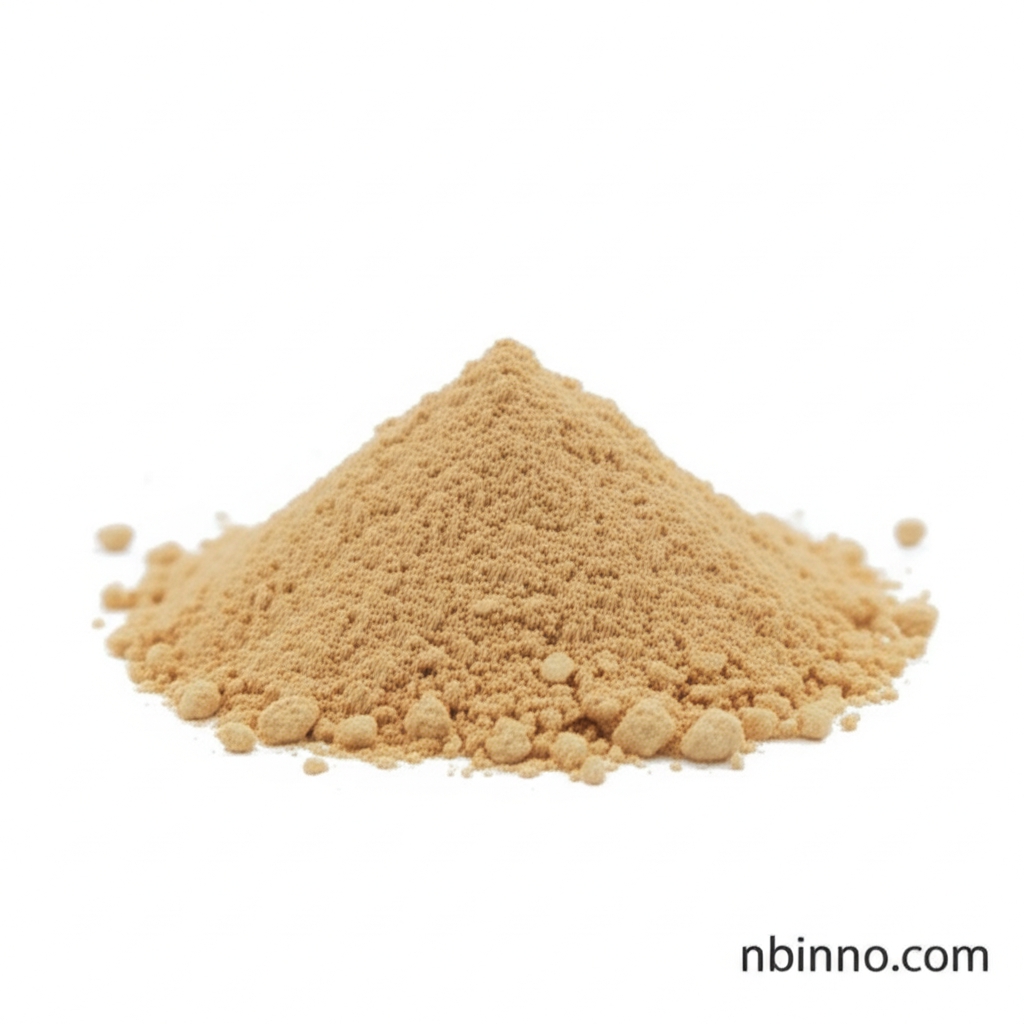6-Amino-3,4-dihydroquinolin-2(1H)-one: Your Trusted Pharmaceutical Intermediate Manufacturer & Supplier
Discover the essential building block for your next pharmaceutical breakthrough. As a premier manufacturer and supplier of high-purity 6-Amino-3,4-dihydroquinolin-2(1H)-one in China, we provide the critical intermediates that drive innovation in medicinal chemistry and drug discovery. Secure your supply of this vital compound today.
Get a Quote & SampleUnlock Your Research Potential with High-Purity Intermediates

6-Amino-3,4-dihydroquinolin-2(1H)-one
As a leading chemical supplier, we offer 6-Amino-3,4-dihydroquinolin-2(1H)-one (CAS: 22246-13-5) with guaranteed purity of 97% min. This compound is a crucial pharmaceutical intermediate, prized for its structural versatility in medicinal chemistry. Our efficient manufacturing processes ensure consistent quality and reliable supply, making us the preferred partner for your R&D needs. Explore how our commitment to quality and service benefits your procurement.
- High Purity Guaranteed: Sourced and manufactured to meet stringent quality standards (≥97% purity), essential for reliable pharmaceutical research and development.
- Key Pharmaceutical Intermediate: A vital chemical building block for synthesizing a wide range of drug candidates, offering immense potential for your projects.
- Expert Manufacturing in China: Benefit from our state-of-the-art production facilities and experienced chemical engineers, ensuring competitive pricing and consistent availability.
- Comprehensive Technical Data: Access detailed specifications, including MF: C9H10N2O and MW: 162.189, to support your formulation and synthesis planning.
Why Choose Us as Your Chemical Intermediate Supplier
Reliable Supply Chain
As a dedicated manufacturer, we ensure a stable and dependable supply of 6-Amino-3,4-dihydroquinolin-2(1H)-one, crucial for uninterrupted research and production schedules. We are your trusted supplier in China.
Stringent Quality Control
Every batch of 6-Amino-3,4-dihydroquinolin-2(1H)-one undergoes rigorous quality checks, guaranteeing the high purity and consistent performance required for pharmaceutical applications.
Competitive Pricing & Value
Leverage our efficient manufacturing capabilities to secure cost-effective chemical intermediates. Request a quote for 6-Amino-3,4-dihydroquinolin-2(1H)-one and discover the value we offer to your procurement strategy.
Diverse Applications in Pharmaceutical Research
Medicinal Chemistry Scaffolds
Explore the use of 6-Amino-3,4-dihydroquinolin-2(1H)-one as a core scaffold for designing novel drug candidates, focusing on structure-activity relationships for targeted therapeutic effects.
Anticancer Agent Development
Investigate the potential of this compound in developing anticancer therapies. Its derivatives have shown promise in inhibiting cancer cell proliferation, making it a key intermediate for ongoing research.
Antimicrobial Research
Utilize this versatile intermediate for synthesizing compounds with antimicrobial properties. Discover its role in developing solutions against bacterial and fungal pathogens.
Organic Synthesis Intermediate
Incorporate 6-Amino-3,4-dihydroquinolin-2(1H)-one into complex organic synthesis pathways. Its reactive functional groups allow for diverse chemical modifications and the creation of novel molecular structures.
